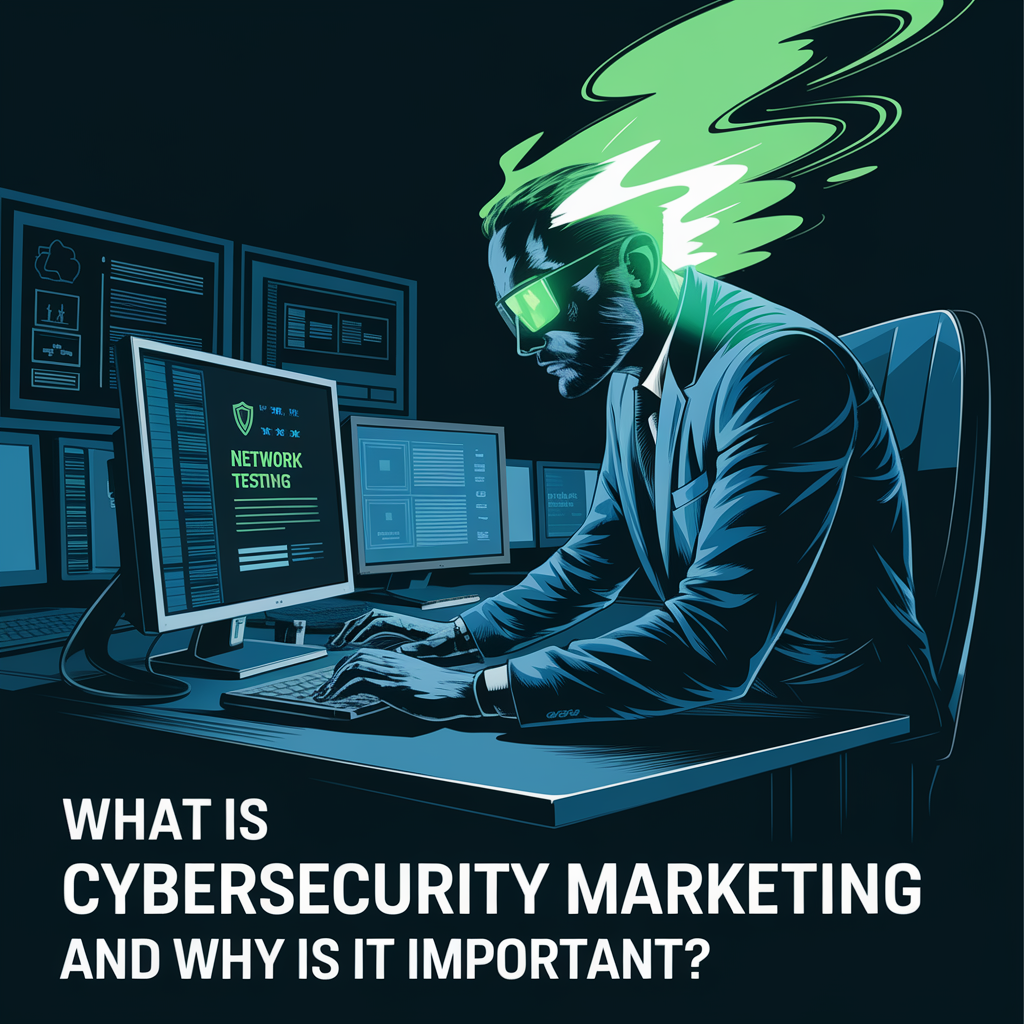How CRM SaaS Solutions Improve Customer Relations
Consider your preferred internet retailer or coffee cafe. Why do you keep returning? It’s more than their products; it’s the way they treat you like a very important client. Every organization wants to do this personally, but tools like CRM (Customer Relationship Management) systems, especially in the form of SaaS (Software as a Service), make this possible. The purpose of this blog is to explain how CRM SaaS solutions help companies improve their interaction with customers. What Is CRM SaaS in Simple Terms? Let’s break it down: CRM (Customer Relationship Management): This is an application that helps organizations track all client information, interactions, purchase history, preferences, and contact details. SaaS (Software as a Service): SaaS describes software that is accessible online rather than being installed on a computer, making it available anytime, anywhere. CRM and SaaS work together to provide a strong, user-friendly platform that simplifies customer relationship management. Why Do Businesses Need CRM SaaS? Running a business without a CRM is like trying to keep track of hundreds of friends without a phone or address book—it gets messy, fast. CRM SaaS solutions help businesses: Stay organized. Communicate better with customers. Understand what customers really want. The best part? SaaS makes it affordable and easy for small businesses too. 1. All Customer Information in One Place With a CRM SaaS solution, all customer details—order history, previous interactions, and preferences—are stored in one place. Faster responses: No more putting customers on hold while searching records. Better understanding: Personalized customer service based on history. Fewer mistakes: No missing important details. 2. Better Communication with Customers CRM SaaS tools enable multi-channel communication, including email, text messages, and social media. Personalized messages: Send tailored emails instead of generic ones. Easy follow-ups: Automatic reminders for customer interactions. Stronger relationships: Consistent communication keeps customers engaged. 3. Improving Customer Service CRM SaaS systems track inquiries, ensuring prompt responses. Faster resolutions: Support teams have full interaction history. Proactive support: Identify issues before customers complain. Happier customers: Quick, efficient support builds loyalty. 4. Knowing What Customers Want A CRM SaaS system collects and analyzes customer data to provide insights. Spotting trends: Understand purchasing habits. Tailored offers: Provide relevant discounts and deals. Smarter decisions: Use real data for business strategies. 5. Boosting Team Collaboration CRM SaaS ensures seamless transitions between sales, support, and marketing teams. No confusion: Shared data keeps everyone informed. Smooth transitions: No lost details between departments. Better teamwork: Enhanced collaboration for customer satisfaction. 6. Automation for the Win CRM SaaS solutions automate repetitive tasks, saving time and ensuring consistency. Automated follow-ups: Send thank-you emails post-purchase. Scheduling reminders: Never miss important meetings or calls. Data updates: CRM updates customer details automatically. 7. Measuring Success CRM SaaS includes reporting tools to measure business performance. Customer satisfaction: Track customer happiness levels. Sales performance: Identify successful leads. Marketing impact: Evaluate campaign effectiveness. Let’s Wrap it Up! A CRM SaaS solution helps build strong customer relationships by keeping businesses organized, improving communication, and understanding client needs. Happy customers are loyal customers, making a CRM SaaS investment a game-changer. FAQs










